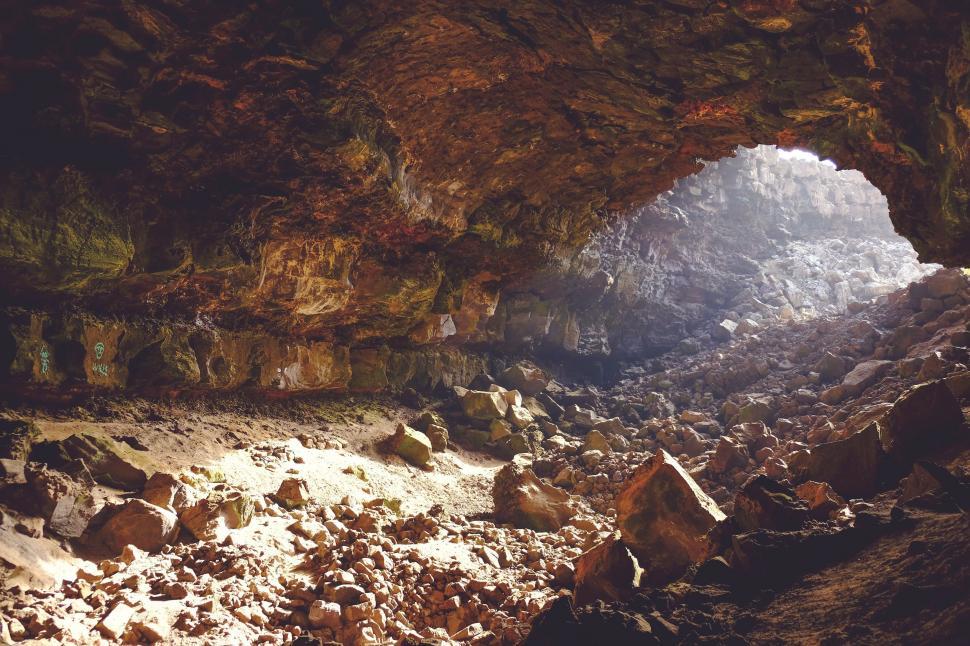Here we’ll explore how to deal with caving difficult terrain effectively. We’ll cover tips, techniques, and solutions to make your caving experience more enjoyable and safe. Let’s dive in!
Caving is a thrilling experience that transports you to the Earth’s interior, where amazing sights and undiscovered wonders await. But this can be an exhilarating and challenging experience when you have to navigate challenging terrain. In caving, difficult terrain consists of steep, uneven, and frequently slick areas that call for skill and cautious movement.
Dealing with difficult terrain, like slippery rocks, narrow passages, and unstable surfaces, presents challenges for many cavers. If not appropriately handled, these problems may make caving a stressful experience. However, be at ease! You can navigate even the most difficult terrains securely and confidently if you use the proper methods and safety measures.

Understanding Caving Difficult Terrain
What Makes Terrain Difficult?
Difficult terrain caving is distinguished by its intricacy and risks. This can apply to confined spaces, uneven flooring, and slick surfaces. Being aware of these difficulties aids in getting ready for the journey that lies ahead. You can prepare and react more effectively the more you are aware of what to anticipate.
Key Challenges in Difficult Terrain
- Slippery Surfaces: Wet or muddy surfaces can be incredibly slippery, increasing the risk of falls.
- Narrow Passages: Tight spaces can make movement awkward and challenging.
- Steep Slopes: Inclines can be tough to climb or descend safely.
Tips for Navigating Difficult Terrain
1. Wear Proper Gear
To navigate difficult terrain, you need the right equipment. Put on dependable, waterproof boots with excellent traction. Put on a harness for safety on steep parts and a helmet to shield your head from collisions.
Read about caving gear essentials.
2. Use the Right Techniques
Move slowly and utilize your hands for balance when handling slick surfaces. Try to move less and maintain your composure when in tight spaces. Use your legs more than your arms to keep your balance and control when going up or down a slope.
3. Plan Your Route
If there is a map of the cave available, study it before you begin caving. Determine the difficult spots on your route and make plans to avoid or be ready for them. Being aware of what’s ahead can make it easier for you to negotiate challenging terrain.

Handling Slippery Surfaces
- Slow and Steady: Take small, careful steps to avoid slipping.
- Use Your Hands: Place your hands on stable surfaces for extra balance.
- Stay Low: Keep your center of gravity low to maintain stability.
- Use Traction Aids: Consider using grippy pads or crampons if necessary.
People Also Ask
What are the levels of caving difficulty?
Caving difficulty is often categorized into levels ranging from beginner to expert. Beginners might encounter easy, wide passages with minimal obstacles, while expert levels can involve complex routes, tight spaces, and challenging climbs.
What is the most difficult cave?
A cave’s difficulty can change depending on its size, depth, and technical requirements. Some of the most difficult caves to explore are those with extreme depths and difficult conditions, like Georgia’s Voronya Cave.
What are the challenges of caving?
Managing the physical demands of climbing and descending, as well as negotiating confined spaces and uneven or slick surfaces, are some of the challenges associated with caving. Gaining the necessary skills, gear, and readiness is essential to conquering these challenges.
Conclusion
Navigating caving difficult terrain can be a daunting but incredibly rewarding experience. With the right preparation and techniques, you can overcome the challenges and enjoy the adventure of exploring underground wonders. Remember to wear appropriate gear, use proper techniques, and plan your route carefully. By following these tips, you’ll be well-equipped to handle even the most challenging terrains.
Happy caving!
